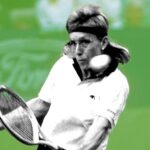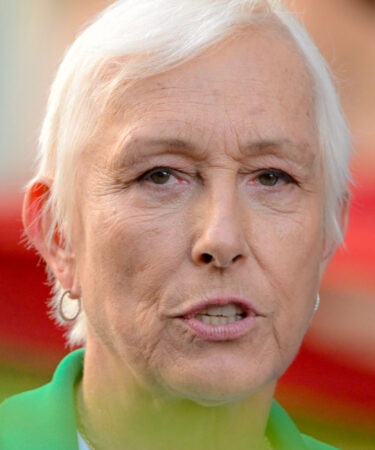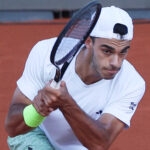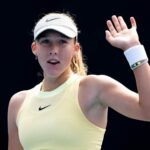December 6, 1984: The day Sukova prevented Navratilova from completing the calendar-year Grand Slam
Every day, Tennis Majors takes you back in time to the biggest moments in tennis history. On this day, Martina Navratilova’s 74-match winning run and streak of six Grand Slams in a row came to a surprising end at the hands of a 19-year-old
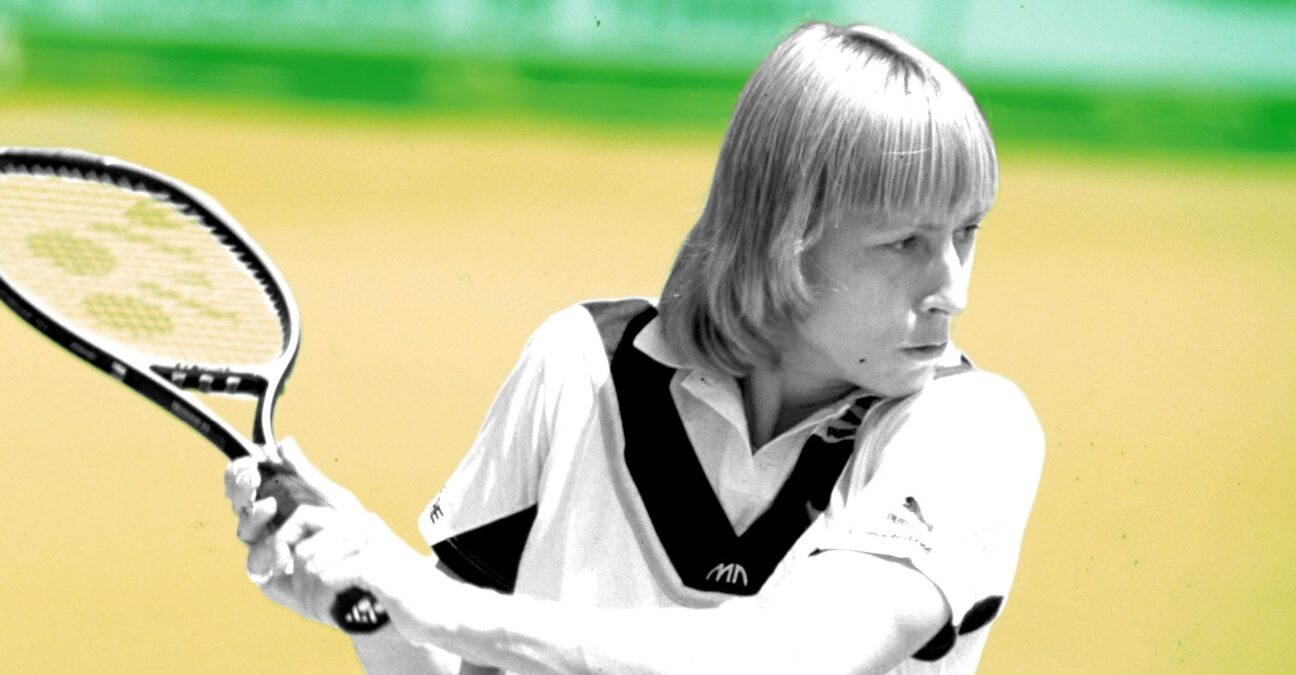 On this day 06.12.2020
On this day 06.12.2020
What exactly happened on that day?
On this day, December 6,1984, to everyone’s surprise, 19-year-old Helena Sukova prevented Martina Navratilova from completing the calendar-year Grand Slam, defeating her in the Australian Open semi-finals (1-6, 6-3, 7-5). Navratilova, ranked No 1 in the world, had won the six last Grand Slam tournaments, and her loss on that day put an end to her incredible 74-match winning streak. It was Sukova’s first win over the legendary left-hander, and she would be defeated by her rival in their next 13 encounters.
The players involved: Helena Sukova and Martina Navratilova
- Helena Sukova: Czech teenager on the rise
Helena Sukova, whose mother, Vera, had finished runner-up at Wimbledon in 1962, was born in 1965. She made her Grand Slam debut at the 1981 Australian Open, making her way out of the qualifying event into the third round, where she was defeated by Hana Mandlikova (6-2, 6-1). She claimed her first title in 1982 in Newport, defeating Pat Medrado in the final (6-2, 6-7, 6-0), and in 1984, she obtained her first breakthrough result in a Major tournament, reaching the quarter-finals at the US Open (lost to Martina Navratilova, 6-3, 6-3). At the start of the 1984 Australian Open (which, at the time, was being held in December and was the final Grand Slam of the season), she was ranked No 10 in the world.
- Martina Navratilova: the undisputed best
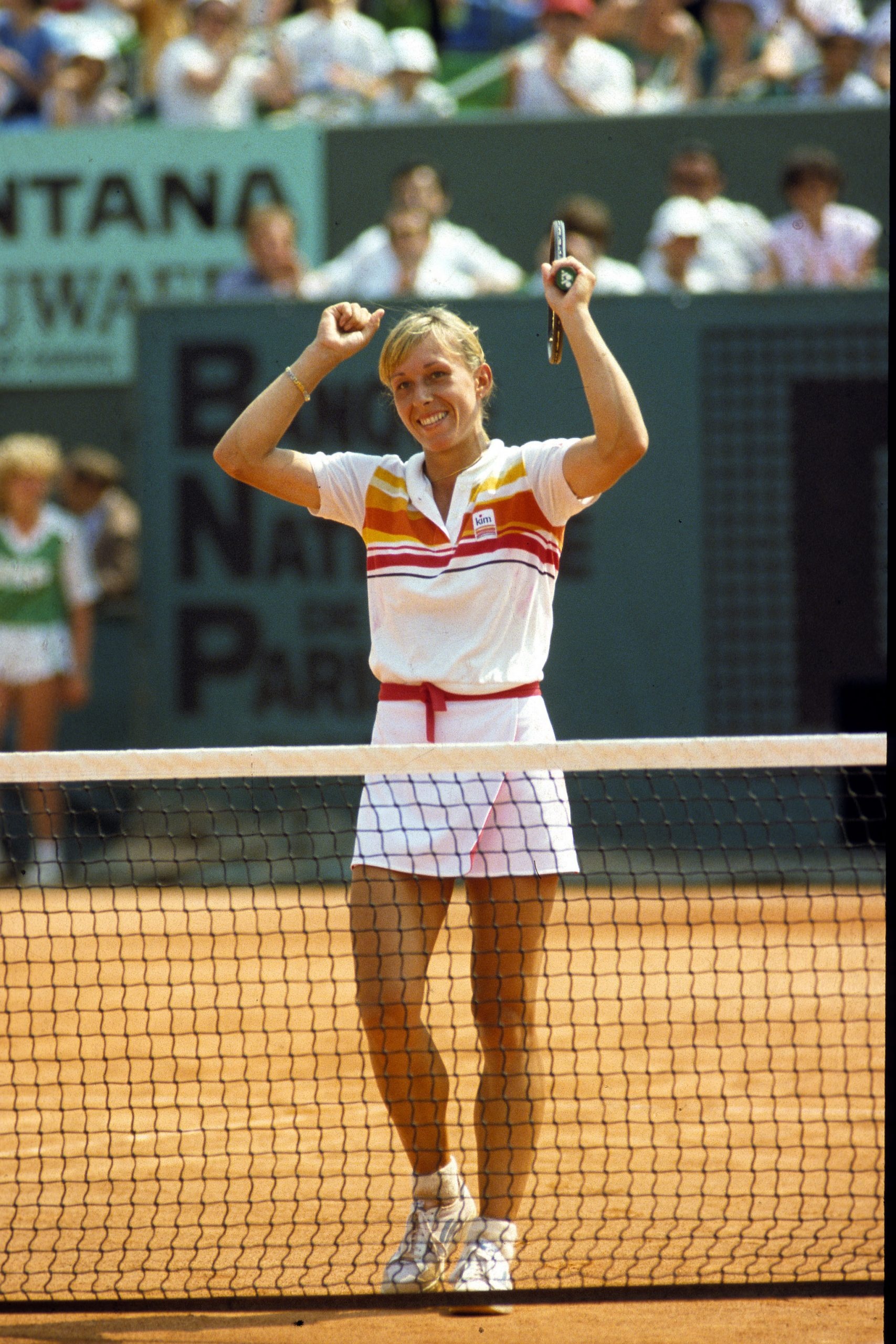
In 1984, Martina Navratilova, born in 1956, was the undisputed world No 1. According to her rival Chris Evert, she took fitness to a new level in women’s tennis, introducing the idea of cross-training and playing other sports such as basketball in order to improve her physical conditioning.
Navratilova reached the top spot for the first time in 1978, after she claimed her first Grand Slam title at Wimbledon, defeating Evert in the final (2-6, 6-4, 7-5). She successfully defended her crown at the All England Club the following year, and in 1981, she triumphed for the first time at the Australian Open, each time defeating Evert in the final. In those years, she battled for the world No 1 spot with Evert and Tracy Austin, but from 1982, Navratilova took a strong hold on the tour. That year, she completed the career Grand Slam by lifting the trophy at both Roland-Garros (defeating Andrea Jaeger, 7-6, 6-1) and Wimbledon (defeating Evert, 6-1, 3-6, 6-2). In 1983, her hold on the tour turned into complete domination.
When she arrived at the 1984 Australian Open, she had won the last six Grand Slam tournaments (from Wimbledon 1983 to the 1984 US Open), which was an absolute record on both men and women’s tour. However, in Kooyong, she aimed at an even greater goal: to add a calendar-year Grand Slam to her list of achievements.
The place: Australian Open, Melbourne
Unlike the other Grand Slam tournaments, the Australian Open (first known as the Australasian Championships and later the Australian Championships) had moved several locations through the years. In fact, the event switched cities every year before it settled in Melbourne in 1972, and no less than five Australian cities had hosted the event at least three times: Melbourne, Sydney, Adelaide, Brisbane and Perth.
The 1984 event was held on grass at the Kooyong Stadium, in a posh eastern suburb of Melbourne. Its timing had changed several times as well, between early December and January, going from being the first Grand Slam of the year to being the last. Until 1982, many of the top players skipped the Australian Open, because of its remoteness, the inconvenient dates (around Christmas and New Year’s Day) and the low prize money.
The facts: Navratilova saves five match points with winners but goes down on the sixth
In 1984, Martina Navratilova did not just turn up for the Australian Open but she came with one big goal in mind. Winner of the last six Grand Slam tournaments, undefeated in 70 matches since her loss to Hana Mandlikova in January, she was there to win the calendar-year Grand Slam. She blasted her way through the first four rounds to reach the semi-finals (there were only 64 players in the Australian Open draw at the time), extending her record winning streak to 74. In the final four, she faced Helena Sukova, whom she had easily defeated a few months earlier, in the quarter-finals of the US Open (6-3, 6-3), and against whom she had not lost a set in three previous encounters. To most of the experts, there was very little doubt that Navratilova would join Chris Evert in the final for the last round of her bid for the Grand Slam.
At the start, everything went according to plan for the world No 1. She managed to win the first set, 6-1, although six of the seven games went to deuce, and she faced break point in three of her four service games. Many players would have collapsed after so many missed opportunities, but not Sukova, who sharpened her returns to break Navratilova and take the second set 6-3. The Czech then took a 3-0 lead in the final set, but Navratilova was not going to let herself be beaten so easily. Sukova remained strong and focused, even though she saw her opponent coming back to 4-4.
“When I lost a point, I’d just say, ‘Let’s try another one and forget that,’ ” she said later, according to Sports Illustrated. “I wasn’t nervous or anything.”
Her mental toughness prevented her from a meltdown in the final game. After she broke Navratilova at 5-5, she earned three consecutive match points, but the world No 1 saved them all with forehand winners. Keeping her cool, Sukova earned two more match points, which ended with Navratilova hitting winners again. Finally, on the sixth match point, the world No 1 missed her return. Against all odds, 19-year-old Sukova had just prevented the undisputed world No 1 from completing the calendar-year Grand Slam.
What next? Sukova wins NINE doubles Majors but falls short of a Grand Slam singles title
In the final, although she would take the first set, Sukova would be defeated by Chris Evert (5-7, 6-1, 6-3). She would attain her best ranking of world No 4 in 1985, and she would finish runner-up in three other Grand Slam events: the 1986 US Open (lost to Navratilova, 6-3, 6-2), the 1989 Australian Open (lost to Steffi Graf, 6-4, 6-4) and the 1993 US Open (lost to Graf again, 6-3, 6-3). She would be more successful in doubles, winning no less than 9 Grand Slam titles and reaching the world No 1 spot in 1990.
Martina Navratilova would go on to become, according to Billie Jean King, “the greatest singles, doubles, and mixed doubles player who ever lived.” In the Open Era, no male or female player would ever win more singles tournaments than Navratilova (167), doubles events (177), or matches (2,189). At the end of her career, she would hold 18 Grand Slam titles in singles, 31 in doubles and 10 in mixed doubles, completing the career boxed Grand Slam: winning every major tournament in singles, doubles and mixed doubles. She would spend a total of 332 weeks as world No 1 but did not achieve the calendar-year Grand Slam in her career.


